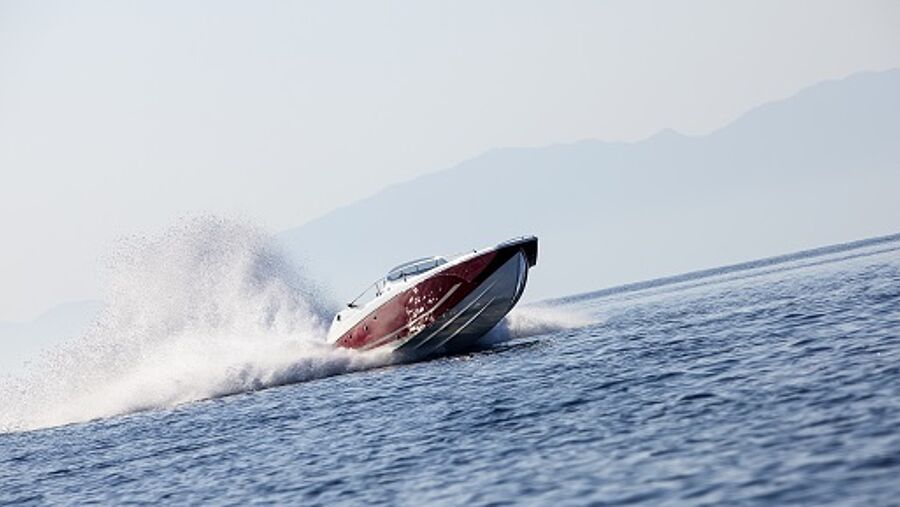Performance is not everything
How much horsepower is enough and when does it become too much for boat and skipper to handle? In Europe the recreational craft directive for recreational craft up to 24 metres regulates this question. The owner's manual, the manufacturer's plate and, above all, the Declaration of Conformity provide information on maximum load and number of persons as well as the maximum permitted engine power. Axel zu Putlitz-Lürmann, Head of the Claims Department at Pantaenius, knows why.

Risk: Over-motorisation
All sport boats between 2.5 and 24 metres, which were brought into circulation for the first time in the EU economic area after June 15h 1998, are CE obligatory. The corresponding Recreational Craft Directive obliges manufacturers to comply with certain minimum standards and, in addition to this certainty, offers owners some tangible information on the load capacity of their boat in terms of payload, persons on board or maximum engine power. Often this information is clearly visible on the manufacturer's plaque but, in any case, also in the owner's manual or the Declaration of Conformity.
Axel zu Putlitz-Lürmann suggests that buyers of used boats not only take a look at these documents but adhere to the guidelines carefully:
"Over-motorization can become a risk for people and material for a variety of reasons," knows the head of the Pantaenius Claims Department. "First of all, as the engine power increases, the weight that weighs on the stern of a sports boat usually increases, leading to trim. This reduces the boat's flooding height, but also changes its handling characteristics. Curve behaviour, gliding and stopping on course are usually much more difficult to control when the boat is significantly over-powered."
Besides the danger for persons on board, which results from the altered handling characteristics, there is a risk to the boat itself, which should not be underestimated. This is because it is rarely designed for the additional weight or power potential of a much larger engine: "With increasing speed, the forces acting on the transom or, in the case of an inboard engine, on the engine foundation, also increase. Frames and stringers are also subjected to far greater loads, because the water pressure acting on the outer skin plating increases exponentially with the speed of the boat. If the permissible engine power is exceeded, the risk of structural damage increases accordingly. If a causal relationship is established between the over-powering and the damage in the event of a claim, it can result in the insurance company refusing to settle."
Take note: The replacement of a boat engine must always be reported to the insurance partner and be included in the policy, even if no adjustment of the premium is necessary. Otherwise the insurance cover may be at risk.
